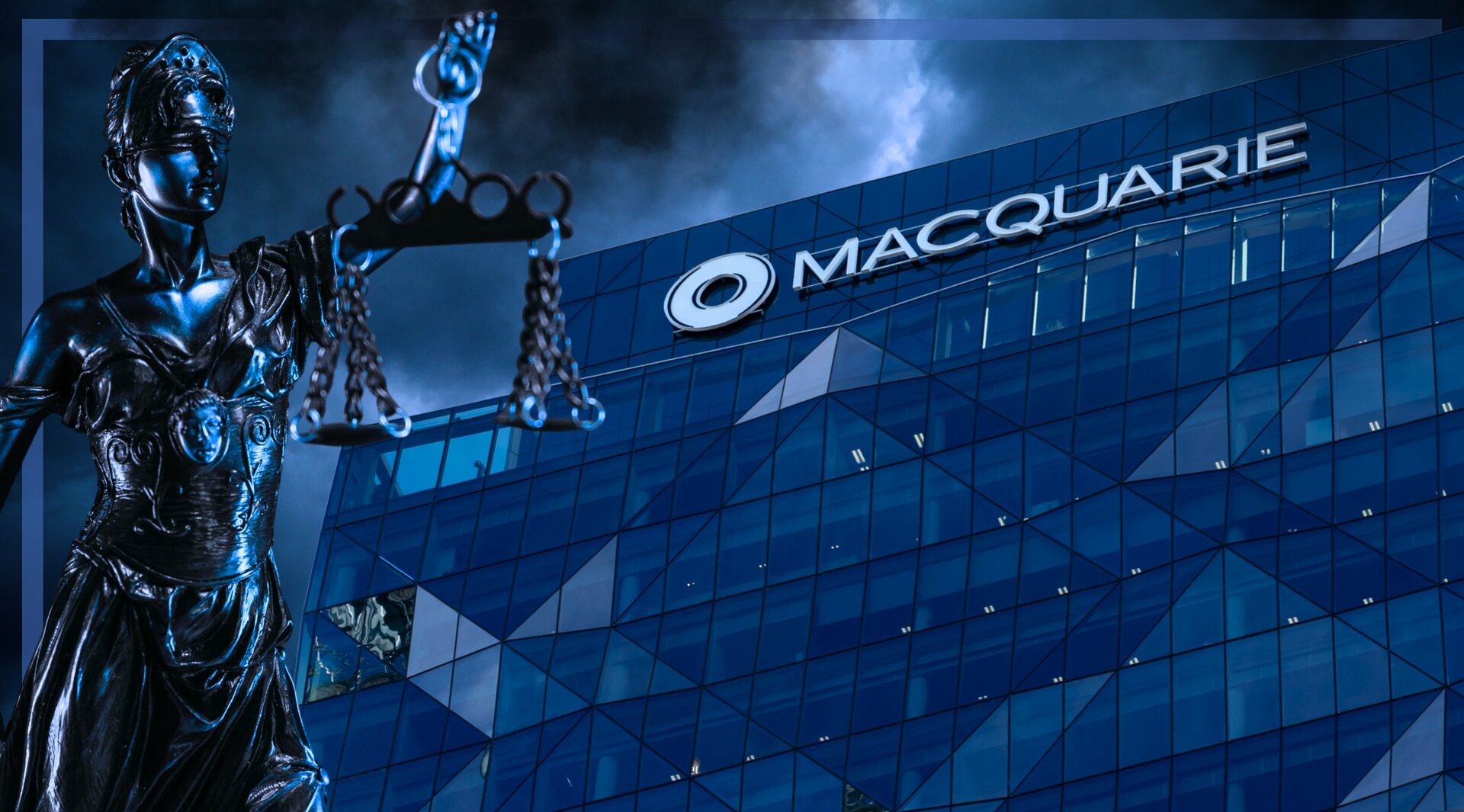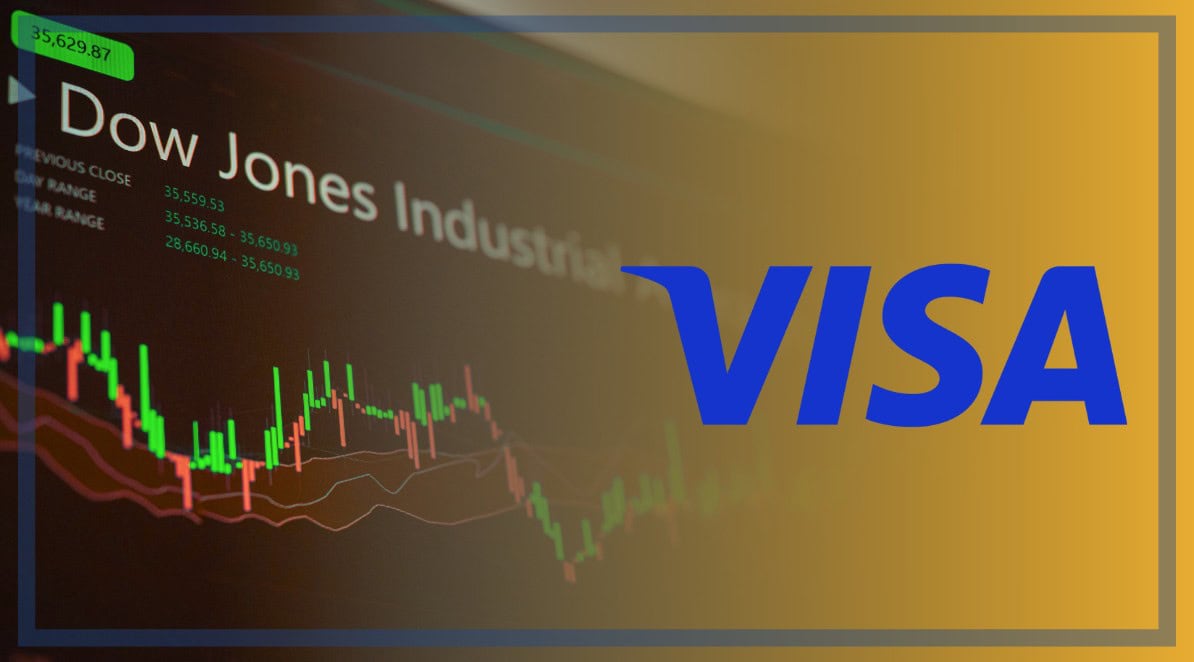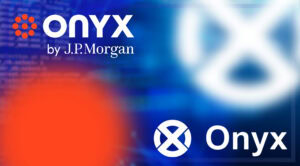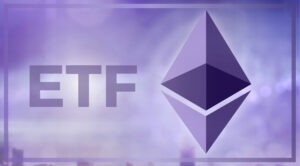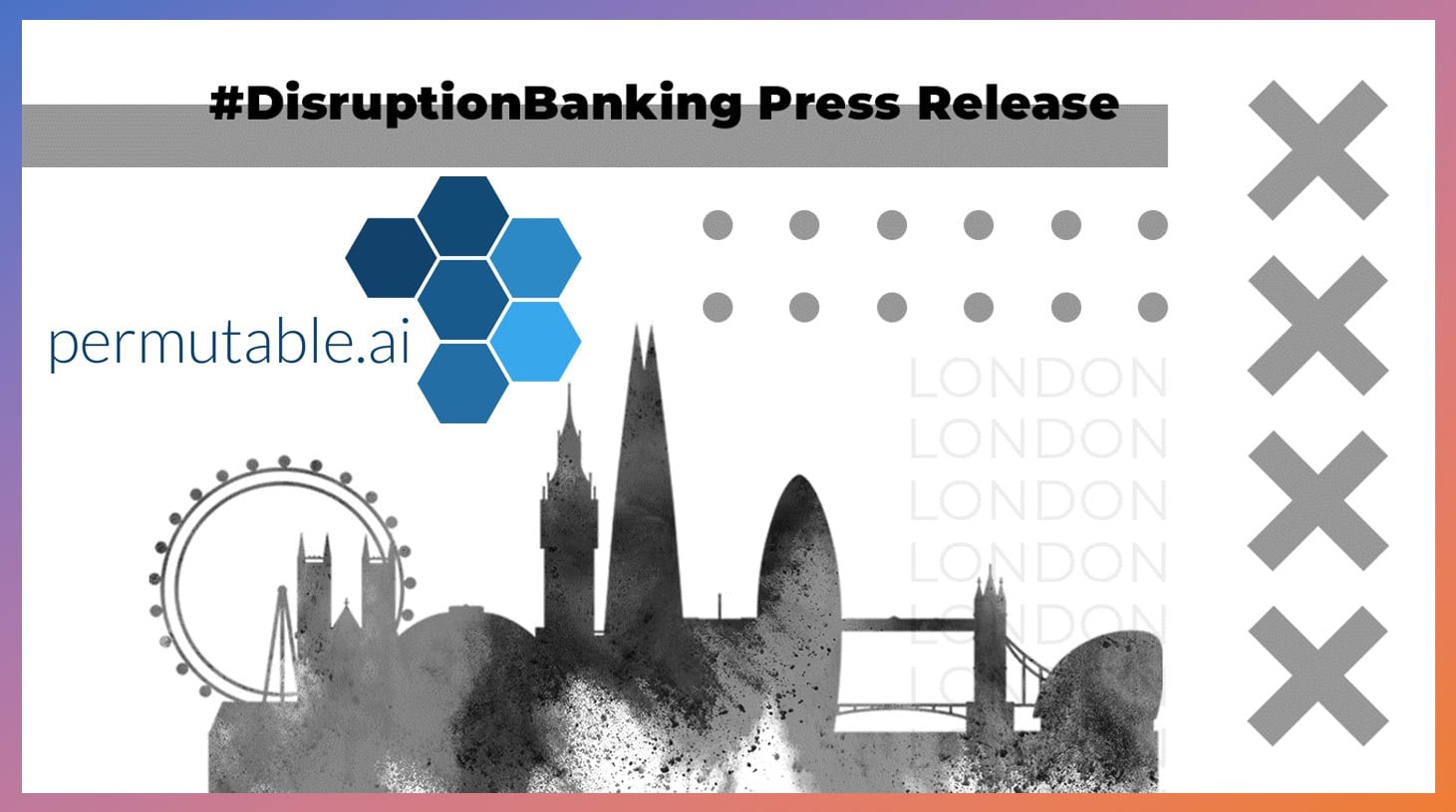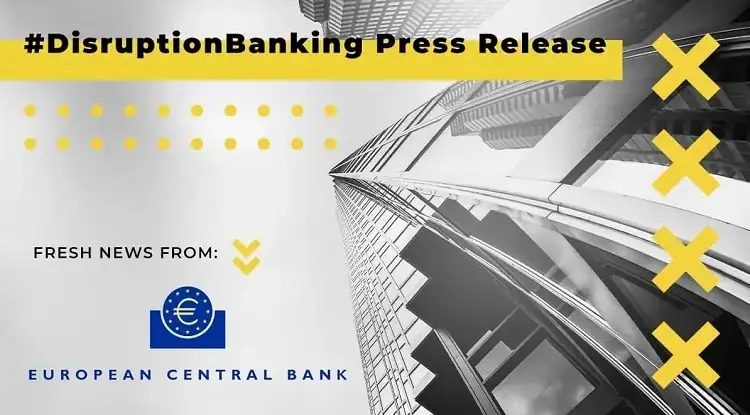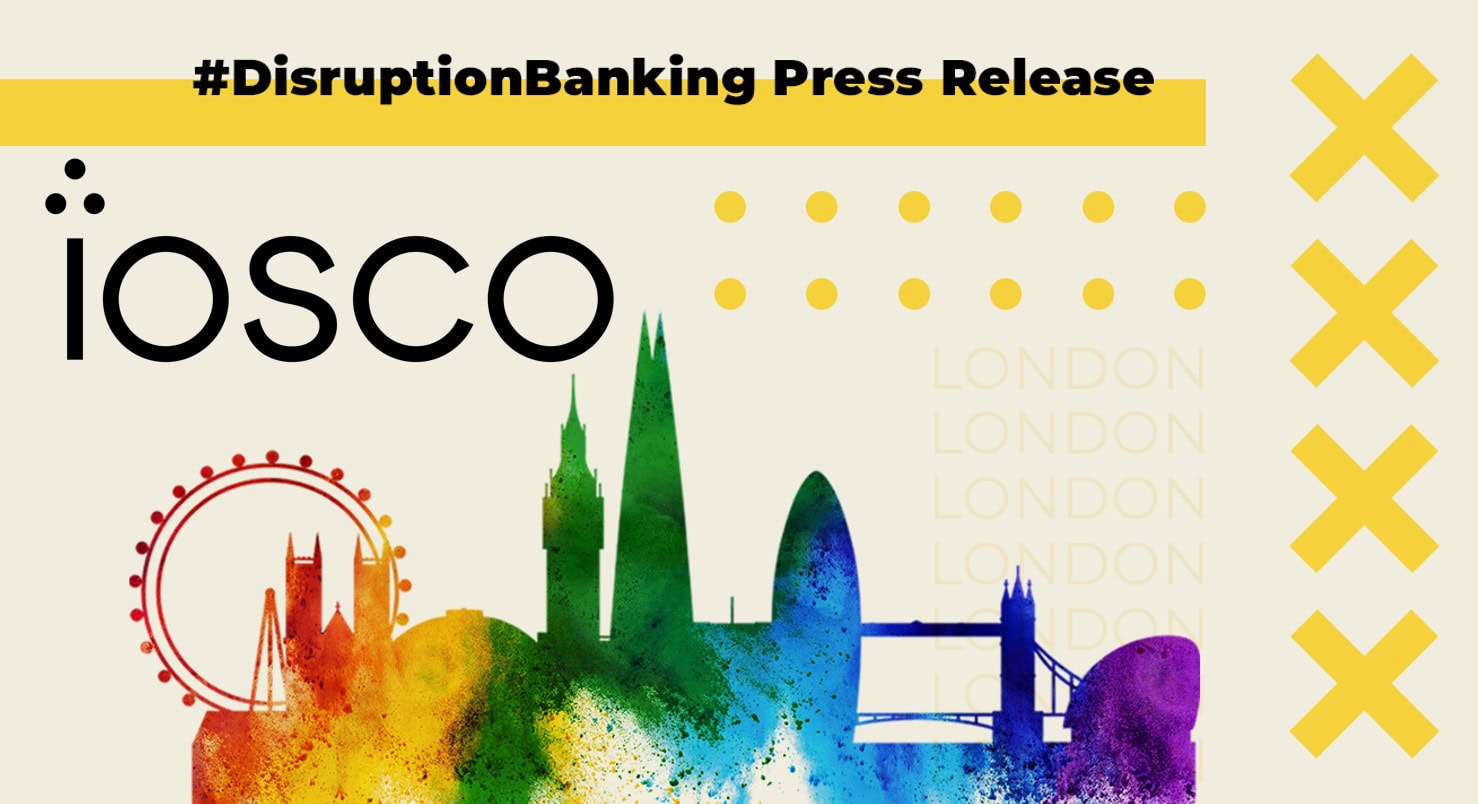For decades, Macquarie Bank has styled itself as Australia’s “other big bank,” building a reputation on its eye-watering pay packets (earning it the “Millionaire’s Factory” moniker), a willingness to go where others aren’t, and disruptive dealmaking.
Under the leadership of Group CEO Shemara Wikramanayake and Bank Chief Stuart Green, Macquarie operates across three verticals: investment banking and advisory, commodities and global markets, and personal banking. With more than AUD 900B in assets spread across 34 markets, it is recognised internationally as a leader in infrastructure investment and risk management.
Back home, it’s a different story.
A Regulatory Nightmare
Just last week, Macquarie was given just a few days to repay AUD 321M to more than 3,000 investors following the collapse of its Shield Master Fund.
Macquarie unit to pay Australians investing in Shield Master Fund after regulatory crackdown https://t.co/ihelkzWZKK
— Reuters Asia (@ReutersAsia) September 24, 2025
The Federal Court action, brought by the Australian Securities and Investments Commission (ASIC), alleged that despite clear warning signs, the financial services provider had failed to place the troubled fund under heightened monitoring. Macquarie reportedly admitted to breaching the Corporations Act.
This is not the first time ASIC has brought Macquarie before the courts – in fact, it’s the fifth in just over a year. In May 2025, the watchdog ordered the bank to overhaul its futures business after finding years of repeated misreporting across more than 375,000 over-the-counter derivative trades.
We’ve imposed additional conditions on Macquarie Bank Limited’s Australian financial services licence after multiple and significant compliance failures. https://t.co/Nj7URgoooG
— ASIC Media (@asicmedia) May 6, 2025
Barely a week later, ASIC filed proceedings in the NSW Supreme Court claiming that between December 2009 and February 2024, Macquarie failed to correctly report at least 73 million short sales, suggesting the true number may have been as high as 1.5 billion.
The watchdog alleged that “Macquarie’s failures may have led to the financial services industry relying on misleading and false information for over 14 years.”
It’s a bad look for a bank trying to crack the Big Four banks of Australia, but it’s not the only one under pressure. Since ASIC leaned into its “why not litigate” approach in recent years, a string of Australian financial institutions have found themselves in the firing line.
Westpac, for instance, was reportedly taken to court in 2021 for AUD 113M in penalties for long-running compliance failures, including charging advice fees to thousands of deceased customers.
More recently, ASIC reported that over 800,000 customers across ANZ, Bankwest, Bendigo Bank, Commonwealth Bank and Westpac were eligible for AUD 60M in refunds after being left in high-fee accounts despite qualifying for cheaper products.
Shareholder Push Back
Investors have not taken the regulatory crackdown lightly. At Macquarie’s 2025 AGM, held on 24 July, Chair Glenn Stevens stated that several shareholders were concerned the board had not adequately reflected “risk shortcomings” in the decisions made during this financial year. As a result, more than 25% rejected the famed pay packages – the bank’s first-ever remuneration strike.
Major allocators, including HESTA, CalPERS, CalSTRS, and Florida’s SBA, were among those voting against the board. A second strike next year could trigger a spill.
Within the same meeting, concerns about climate policy were also raised, with a shareholder resolution calling on Macquarie to outline its involvement in fossil fuel financing, citing projects such as the Beetaloo Basin fracking development in the Northern Territory, which has since gone ahead.
BREAKING: AFR reports @Macquarie is backing another gas fracking pilot project in the Beetaloo Basin, this time for Tamboran Resources.
— Market Forces (@market_forces) September 30, 2025
This comes just months after Macquarie received a 35% shareholder strike against its fossil fuel financing activity. https://t.co/kIxhl2bwv7
The request, which did not gain a majority vote, follows Macquarie’s decision to leave the Net-Zero Banking Alliance in February 2025 – a move also made by other major banking providers, including Goldman Sachs, Wells Fargo, Citigroup, Bank of America, and Morgan Stanley.
Reputation vs. Reality
Macquarie’s retail reputation is also at a crossroads.
The group has been recognised as Money Magazine’s “Bank of the Year” for three consecutive years, alongside being named “Major Lender of the Year” by the Mortgage & Finance Association of Australia for six years running. Its mortgage book now stands at AUD 144.5B, accounting for 5.5% of the national market, with most of these loans owner-occupied.
But customers themselves tell a less flattering story. On ProductReview.com.au, the bank holds a 1.4-star average rating out of 5. Across nearly 800 reviews, complaints range from ghosted service and bot-like chat responses to sudden account lockouts. Similar concerns are found on Reddit or X.
Such reviews of Macquarie’s service are especially troubling given its recent shift to a fully digital model. In May 2024, the bank transitioned entirely online, discontinuing cash services and phone banking. The Big Four were quick to react to Macquarie’s move, issuing statements promising to maintain in-branch cash services despite the national trend toward digitalization.
Macquarie lost 5,000 customers who used it as a main bank last year, but it gained 48,000, according to Broker Daily, outperforming the Big Four.
The move to digitalization positions Macquarie alongside the country’s burgeoning neobanks. Mordor Intelligence reports that Australia’s neobank market is projected to grow from USD 35B in transaction value this year to more than USD 52B by 2030.
Judo Bank, for instance, filed an AUD 86.4M profit this year, carving out a niche for itself in small to medium enterprise lending. It reportedly has plans to expand its offerings in savings accounts and agriculture.
However, while the market is growing, it’s not for the faint of heart. Australia’s first neobank, Volt, was forced to return AUD 100M to customers and hand back its licence to operate in 2022.
Macquarie’s size and balance sheet give it an advantage, but, if customer reviews are anything to go by, the execution has room for improvement.
A Legacy to Maintain
A brief look at Macquarie’s history reveals a company up for the challenge of adaptation. From its beginnings as Hill Samuel Australia in 1969 to its rebirth as Macquarie in 1985, the bank can attribute much of its success to a willingness to traverse uncharted territories.
Its infrastructure investment arm, for instance, remains one of the world’s largest, while its in-house risk framework has often been credited for decades of uninterrupted profitability – famously shielding the firm from the 1987 crash.
For the financial year ending 2025, the group reported a net profit of AUD 3.7B, up 5% on the prior year. Two-thirds of its revenue is generated offshore, with 32% from the Americas, 24% from Europe, the Middle East and Africa, and 10% from Asia.
The numbers reflect a resilient outlook despite the concerns among customers and shareholders. And, with younger Australians increasingly seeking mortgages in addition to savings products, Macquarie is well-positioned to capitalise on this trend.
Its readiness to negotiate joining Australia Post’s Bank@Post venture – which provides financial access for rural and vulnerable customers while supporting the viability of local post offices – underscores a willingness to meet customer needs.
The real question now isn’t whether Macquarie can compete with the Big Four in terms of size or market share – it’s whether it can convince Australians to invest. At this moment, it appears that the Millionaire’s Factory has all the parts, but the machine needs to be oiled.
Author: Mary Hurley
This article is based on public records and customer feedback.
The editorial team at #DisruptionBanking has taken all precautions to ensure that no persons or organizations have been adversely affected or offered any sort of financial advice in this article. This article is most definitely not financial advice.
See Also:
HBAR Issuer Launches Australian Dollar Stablecoin | Disruption Banking
How Strong Will the Australian Dollar (AUD) Be In 2025? | Disruption Banking


